View the interview in Spanish on Revista Jennifer.
When I traveled to Lima for the PARC art fair, I met interesting artists and explored key sites of Peru’s contemporary art world. I visited galleries like Revolver, Lucia de la Puente and Y Gallery Lima, as well as institutions like Proyecto AMIL.
A project I discovered that interested me in particular was Lima Intrarrosa, a documentary photography series created by artist Teresa Bracamonte.
Before becoming a photographer Bracamonte was a painter, but her main career was as a high fashion model who also participant in numerous beauty pageants. During breakfast at her oceanside Barranco apartment, she told me that, one day a few years prior, she was watching TV and by chance saw a report of a transgender beauty pageant being broadcast. Upon seeing it, she had a strong, unexpected reaction of connectedness to the trans women: she saw herself reflected in them.

Drawn in by this experience, she embarked on a two-year-long documentary project during which she lived within the trans community in Lima. Instead of viewing the women through the lens as if they were from one world and she another, she became a member of their community and a part of the intimate family of the trans beauty pageant participants. Through this devoted technique she established her relationship with the subjects of her imagery.
Bracamonte’s work interested me because her choice to radically change her lifestyle from modeling for the sake of this first-time documentation of a different yet parallel world to hers is something I viewed as unusual and remarkable. Her work also interested me because as a novice to the medium, she dedicated herself fully to exposing a sensitive otherness with a high degree of respect in both her process and the result, instead of hastily approaching the theme in a voyeuristic manner.
In the following interview, Bracamonte sits down with Artifactoid to discuss her inspiration for the project, insights she learned in the process, and future projects she has in store.
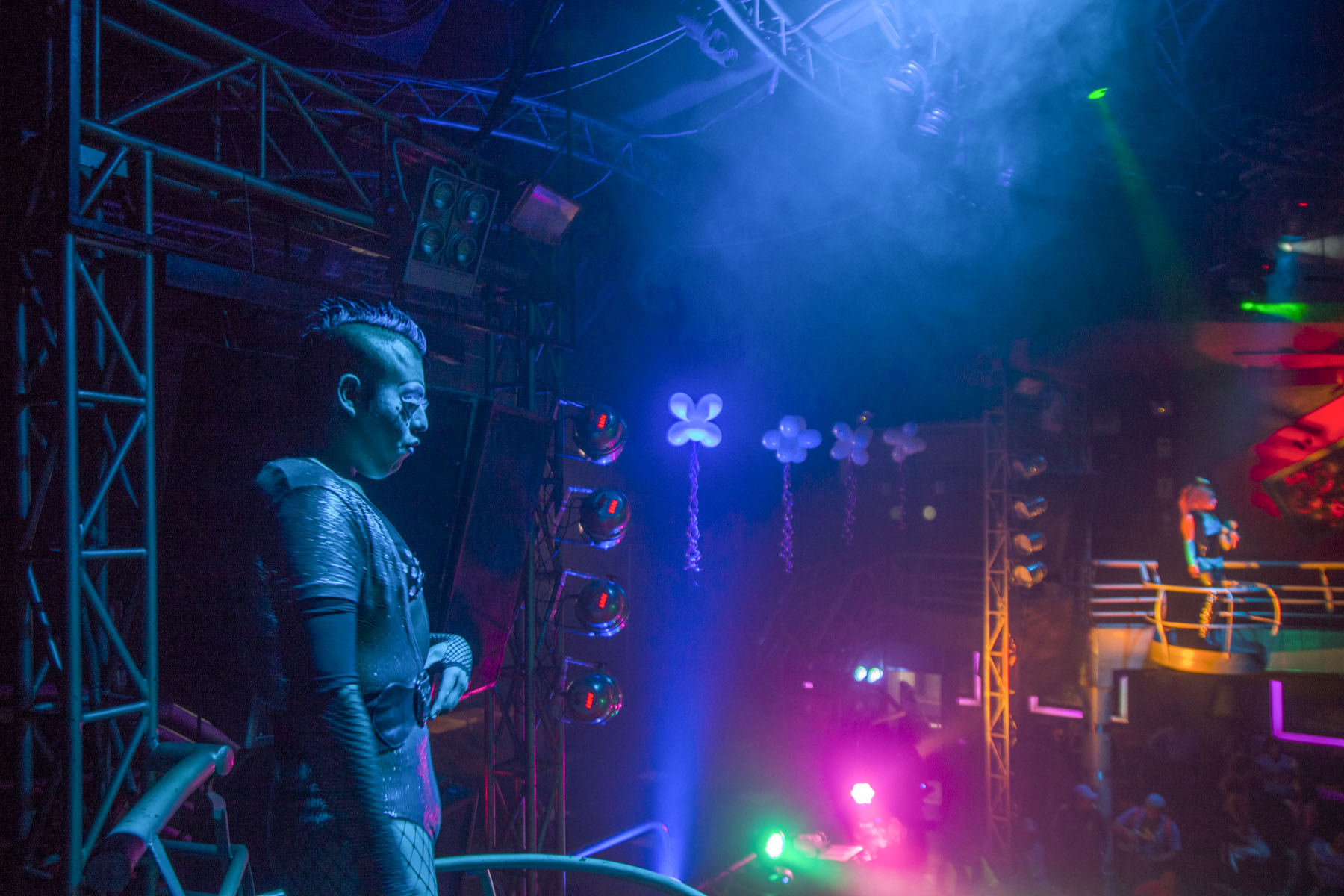
Artifactoid: How did the project Lima Intrarrosa begin?
Teresa Bracamonte (TB): What initiated the project Lima Intrarrosa in 2012 was my discovery of the existence of the beauty pageants that were organized by the transgender community. This strongly called my attention because at that time I was dedicated to high fashion modeling, and had been called to participate in the Miss Perú pageant and other feminine beauty events.

I discovered these (transgender) competitions on a television report, where a journalist was interviewing the winner of that night’s contest, who later went on to show the conditions in which she was living and they were extremely humble.
Artifactoid: How did you see your own experiences within those of the people you documented?
TB: Lima Intrarrosa covers diverse aspects of the transgender community in Lima. I think that one aspect I most identified with were the beauty pageants. When I photographed all that was happening during the show, and backstage, there was the same euphoria that I experienced in backstages of fashion shows, just before heading out to walk on the runway. At that time my main source of income was coming from high fashion runway shows.

I believe that an artist always sees herself reflected, in one way or another, in that which she chooses to create a portrait of. Many times it is something unconscious; that the artist feels attracted toward a certain reality without being certain of why.
In my case, at the start, it was the beauty pageants and everything that they implied (the production of beautification, performance, etc). Later it became something deeper; I felt identified with the search for self-affirmation and the fight for being who you deeply want to be.

I am a fan of Pedro Almódovar, and in is film “Todo sobre mi madre” (“All About my Mother”), there is a line spoken by the character Agrado, played by Antonia San Juan, that goes, “The more one resembles what she has dreamt of herself, the more authentic she is.”
There is also an element of rebellion: during a time in my life, I questioned a lot about the culturally established binary roles. I wasn’t fully understanding them; they made me feel uncomfortable. It bothered me – the idea of having to comply with certain expectations or attitudes just because I was a woman. I felt that men had certain “permissions” that women didn’t have, and that I wanted to have those permissions, too. This made me question my own feminine role.
Artifactoid: What were the most important things you learned living within Lima’s trans community?
TB: The most important thing I learned while living for two years with the transgender community in Lima, was the survival system that they had developed to be able to move forward in their daily lives. One aspect that interested me deeply was the recreation of family ties: the majority, upon suffering exclusion from their nuclear families, constructed a new family amongst themselves. The links that they create are even stronger than blood. Another interesting characteristic is the resilience and the will to be. That force to dare to exteriorize who they feel that they are, despite prejudgements and exclusion (above all in a male chauvinist country like Peru), is what I admire in all of the transgender people. There is also the sad side, which is the reality that they face each day, of exclusion and extreme violence. Life expectancy is low, and access to basic rights is null.
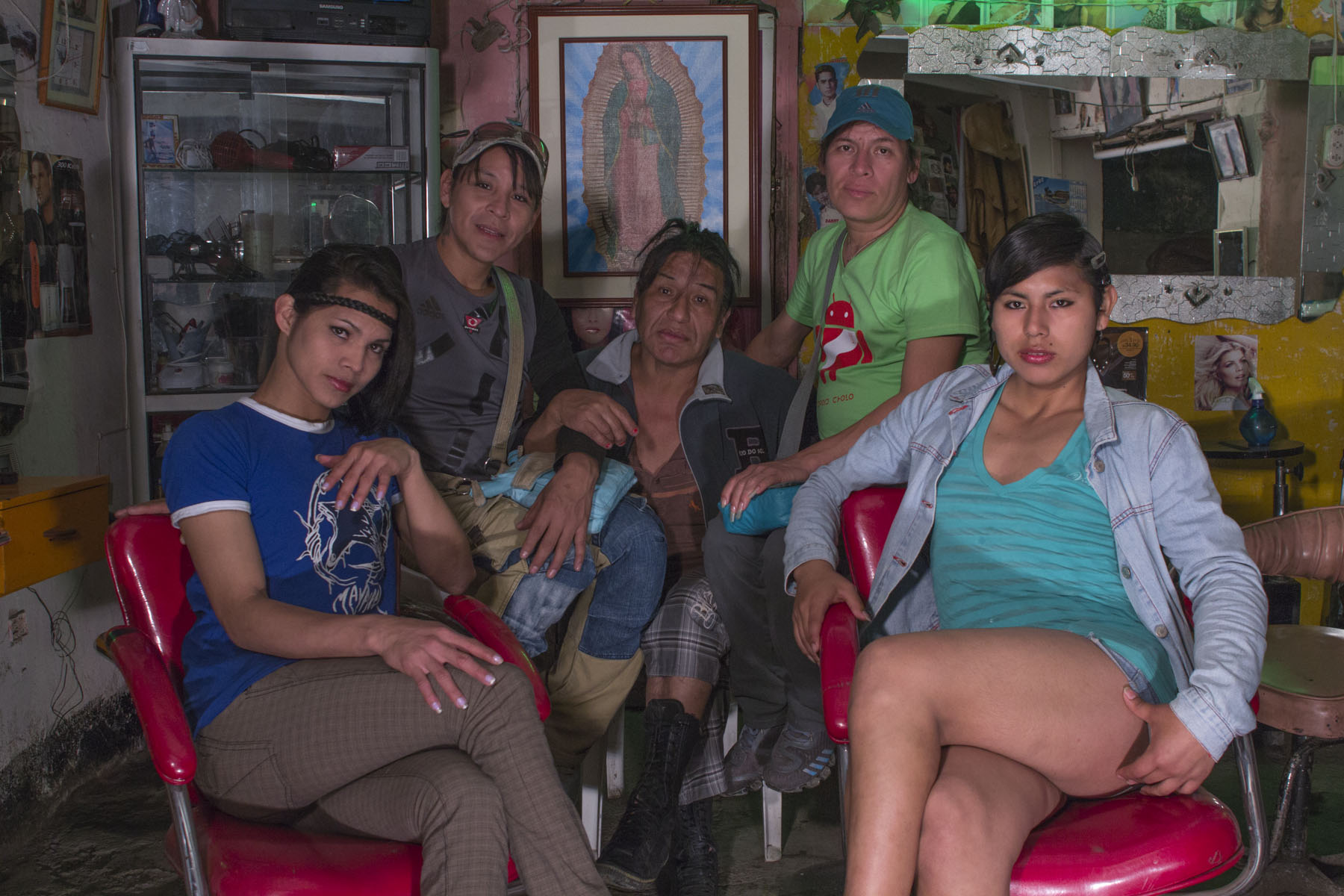
Artifactoid: How does this project fit within your body of artistic work as a whole?
TB: Lima Intrarrosa was my first photographic project. I produced it over the course of 2012 and 2013. It marked the beginning of my trajectory as a photographer. Before that I generally used painting as my mode of expression. It was also the beginning of my line of work: I search to make visible groups of people and themes that our society hides, negates, disguises or masks. All of my projects can be viewed on my website. My starting point, as a visual artist, is to search for the beauty in what is considered grotesque, unacceptable or unchaste, and show it through images. My inspiration lies in awakening sensations through themes that we tend to reject or that make us feel uncomfortable.
All of my work revolves around this duality – the contrasts – of both concepts: the horrendous, and the beautiful, and the multifarious shades of each. I am on a constant search to provoke the spectator, and induce her to observe and question herself, but above all to submerge herself into realities that she might consider foreign to her.

Through my work I constantly take on the challenge to overthrow prejudices, ideas, and stereotypes that we have deeply rooted.
Artifactoid: Are you aware of other artists in Peru working with the theme of transgender life, like Giuseppe Campuzano? Were you influenced by them, and how?
TB: When I was developing Lima Intrarrosa, in 2012, the only Peruvian artist I knew at that time, and whose work affected me, was Giuseppe Campuzano. I met with him when I was beginning the project. I remember that I bought his book, El Museo Travesti del Perú. He advised me to visit the exhibition that he carried out at the gallery 80m2 Livia Benavides that year, where he created an installation based on newspaper cutouts that showed, over the longterm, how the media were treating the trans community in a denigrating and scandalous way.

Artifactoid: Tell me about the idea of “double perception,” related to trans women who migrate from Peru to Europe. Why is it important to reveal this concept in your photography?
TB: One aspect that called my attention upon creating Lima Intrarrosa, was the desire of almost all of the women in the transgender community to migrate to Europe. Those who achieve this are called triunfadoras (“winners”).
Apparently, the triunfadoras experience a complex situation once they live in Europe. The term “winner” becomes contradictory, and we find ourselves facing a paradox between the concept of what it means to be a triunfadora, connected with the idea of success and the positive, versus the difficult reality that the triunfadoras live once they arrive in Europe. At the same time, the population that surrounds them abroad doesn’t know what it means to be a Latin American transgender woman migrant in Europe, and above all they don’t know that that they left their country perceived as winners.

Therefore exists the “double perception:” they are two imaginaries of the same existence that are culturally opposite and contradict each other. Roland Barthes stated that, “The photo portrait is a palisade of forces. The imaginaries intersect, face each other, and deform.” I view this theory in relationship to the triunfadoras.
I presently live in Paris, where I am producing a photographic project comprised of portraits of transgender women migrants from Peru, and/or South Americans who live in the French capital.
It’s not a “documentary” project, as I seek to translate my subjective point of view about beauty onto it. I am doing this to show the protagonists of my series as impregnable and glorious, in a manner contrary to how they are generally represented.


Artifactoid: How did you arrive at your fascination for the objects of the people you documented, and why were they an important area of focus for this project?
TB: I realized that, through objects, I could show important aspects of the person I was developing a portrait of. I discovered that personal items give us information that is not evident when we only focus on the person. These things can communicate as much, or even more, than the physical body in and of itself. I believe that a portrait can be made through objects alone.


Artifactoid: Do you plan to explore working with the masculine transgender community in Peru?
TB: For now it doesn’t form a part of my plans, since I am developing other projects, but it seems interesting to me. I may explore it in another moment; an artist should always be open to different and diverse possibilities.
Artifactoid: What are some of your goals for this project?
TB: I have finished a photographic book of Lima Intrarrosa, curated by Jorge Villacorta, including some testimonials and reviews. My goal is to publish it in the near future, and I am currently seeking support to do that. The book can be viewed here.
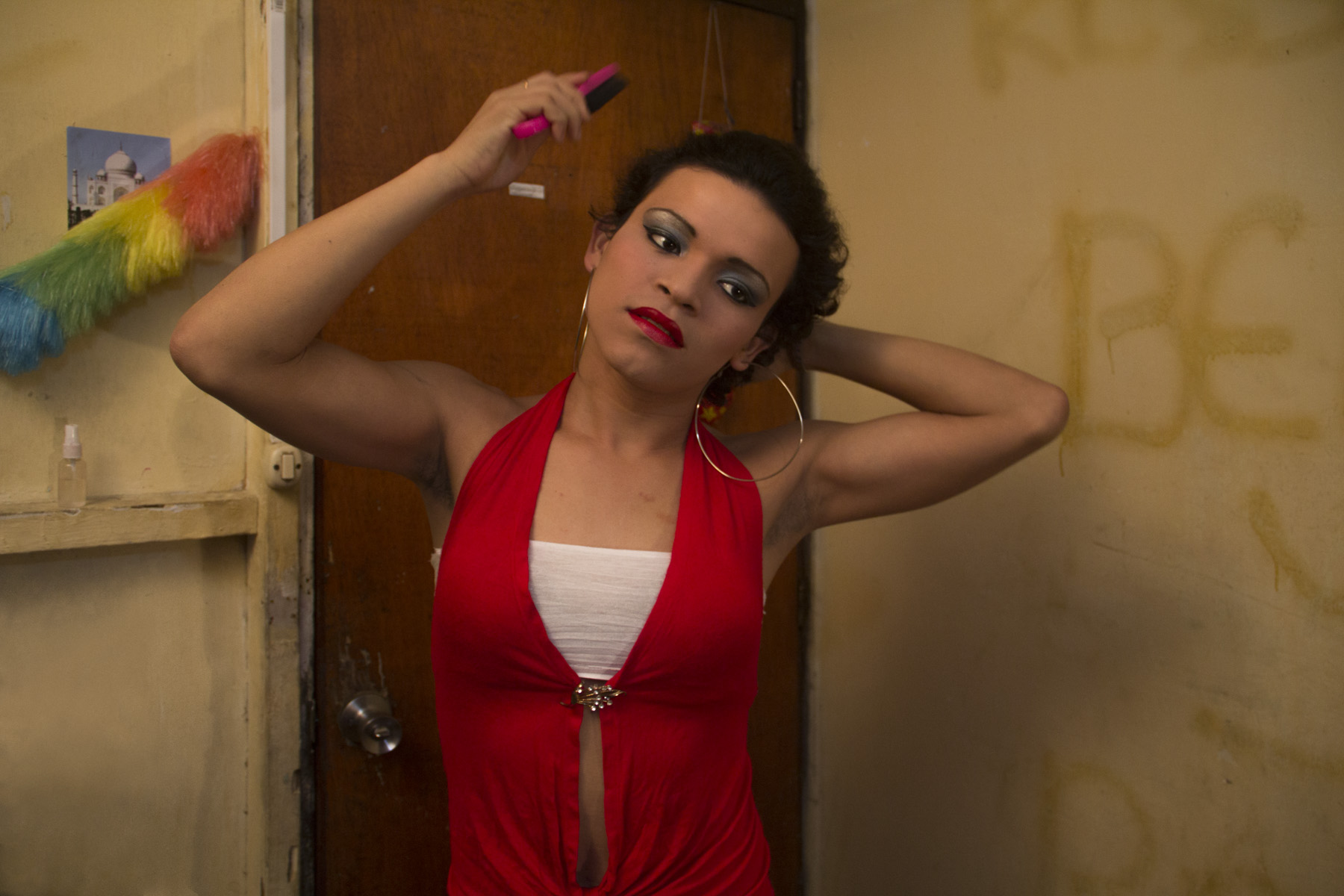
Artifactoid: What do you plan to do next?
TB: Currently as mentioned I live in Paris. I came to do a Masters in Photography and Contemporary art at the University of Paris 8. I am developing artistic projects within my line of work, questioning stereotypes, and using codes of representation that interest me about certain themes and distorting them through art.

About the artist:
Teresa Bracamonte is a visual artist who was born in Lima, Peru, in 1989. She completed two years of General Art Studies at the Pontifical Catholic University of Peru. She finished her studies of Plastic Arts in the Alternating Current School, where she graduated. She obtained the title of Complementary Baccalaureate in Arts at the National University of San Marcos. Then she studied Photography at the Center of the Image, where she obtained the first prize of her group.
Teresa, at age 25, had her first solo show curated by Jorge Villacorta at the II Lima Photography Biennial: Lima Intrarrosa. Her second individual show was in the city of Trujillo (2016). Bracamonte has participated in several group exhibitions in different places of his country, such as Ricardo Palma Cultural Center; The Museum of the Nation; The Inka Garcilazo Cultural Center; Gallery of the French Alliance, Euroidiomas Foundation, Cultural Center of the University of Lima, among others. She has also had the opportunity to exhibit twice in Dubai, in 2016.
She currently resides in Paris, France, where she is studying a Masters of Photography and Contemporary Art at Paris 8, La Sorbonne.
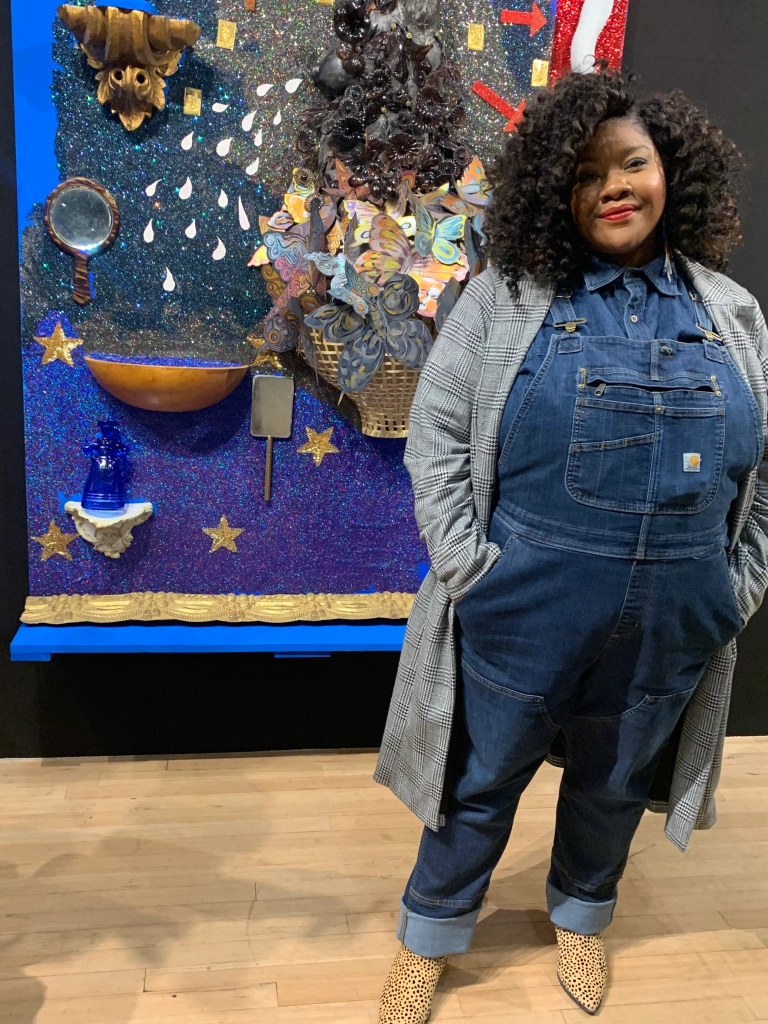
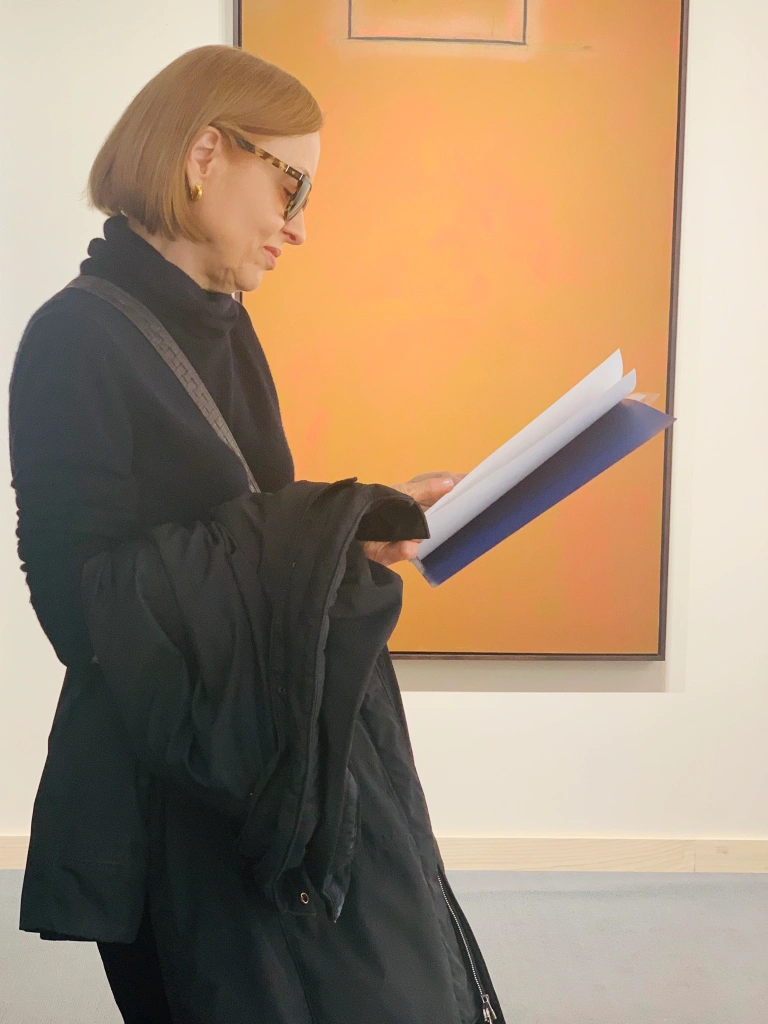
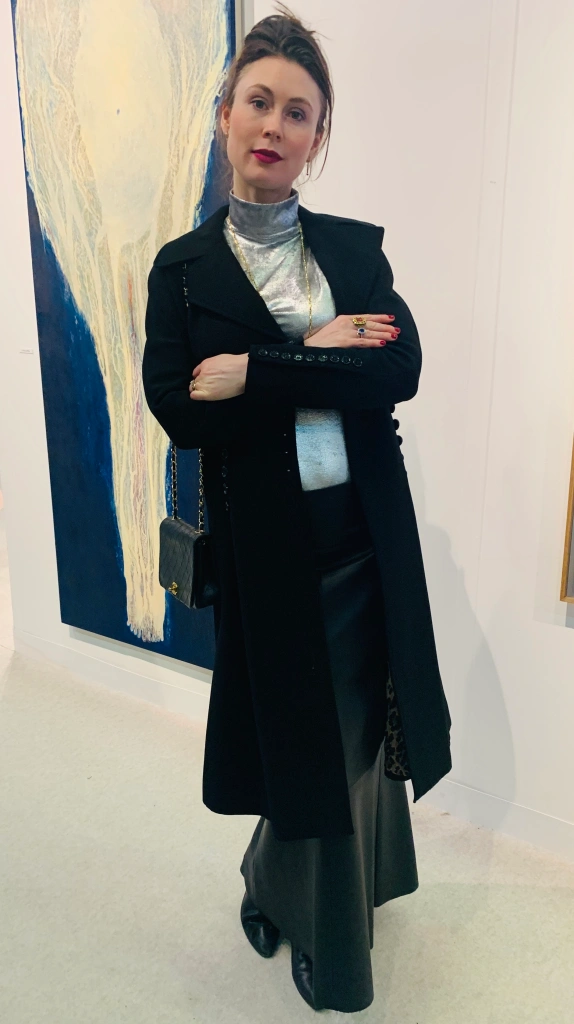
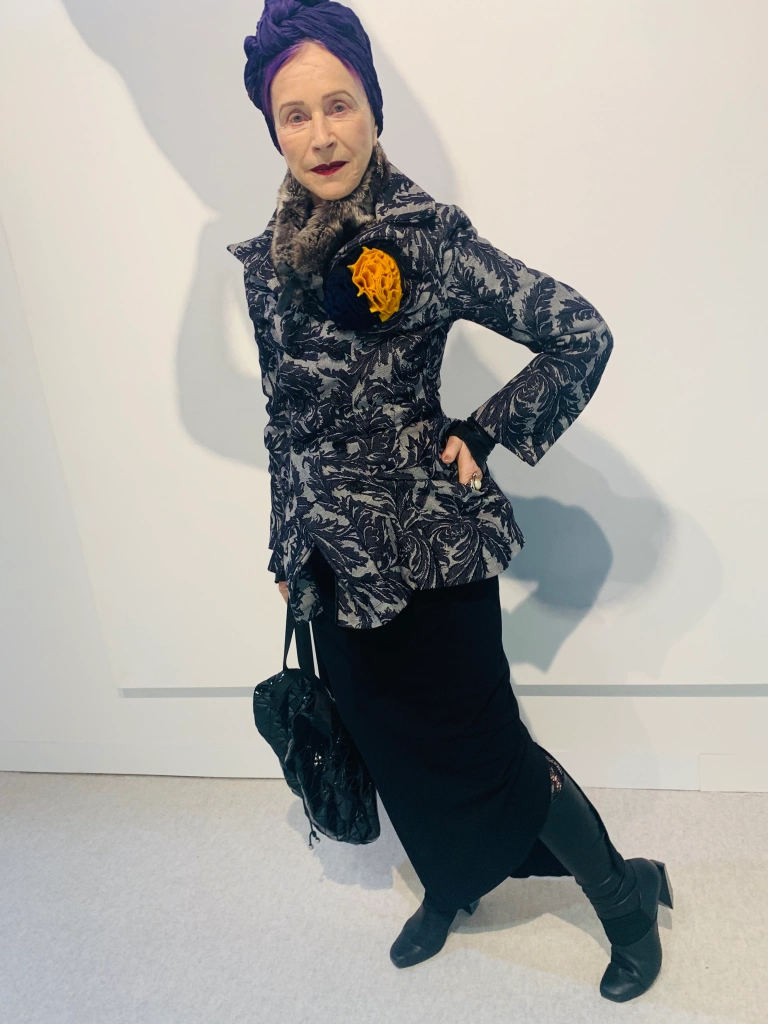
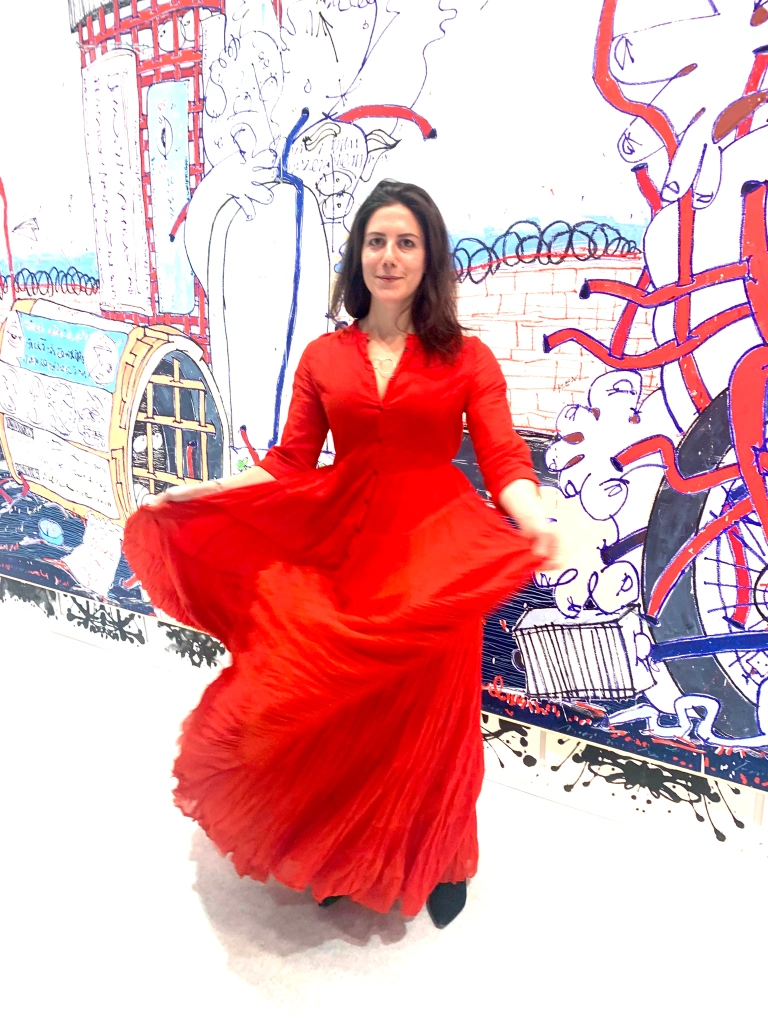
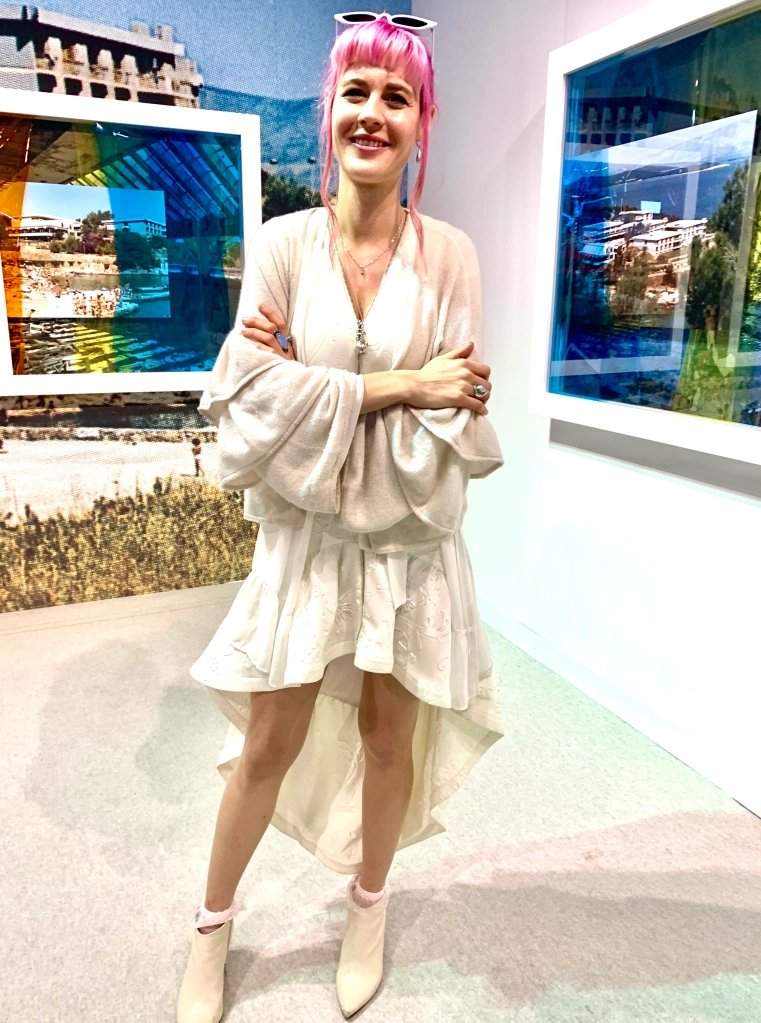
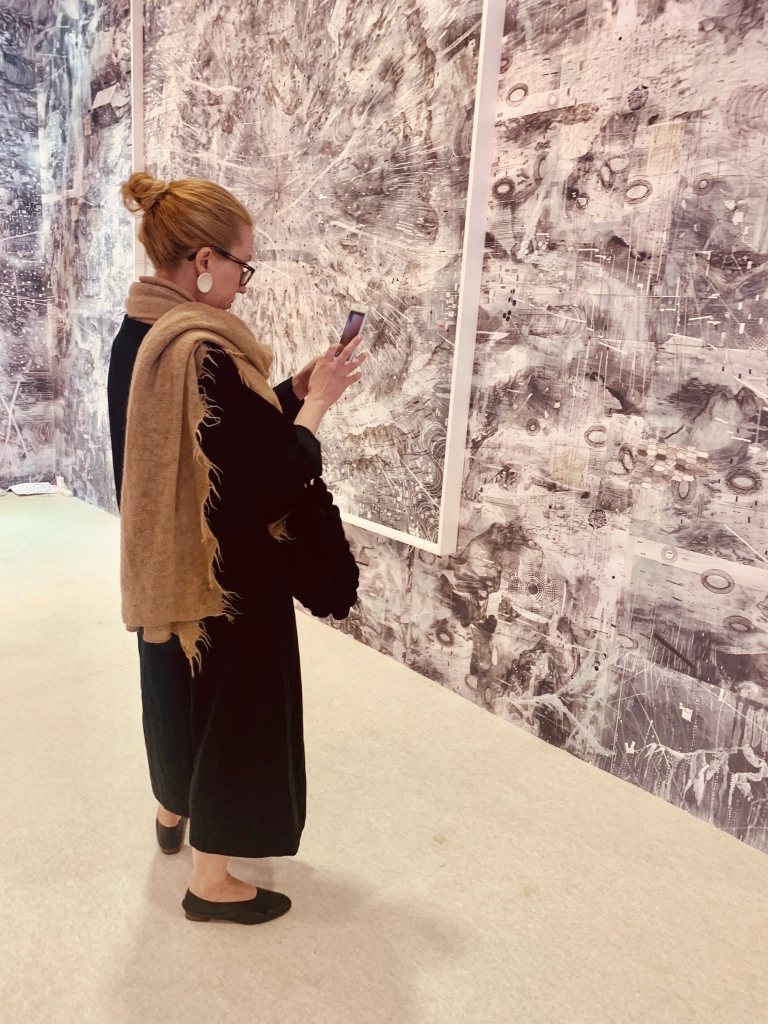
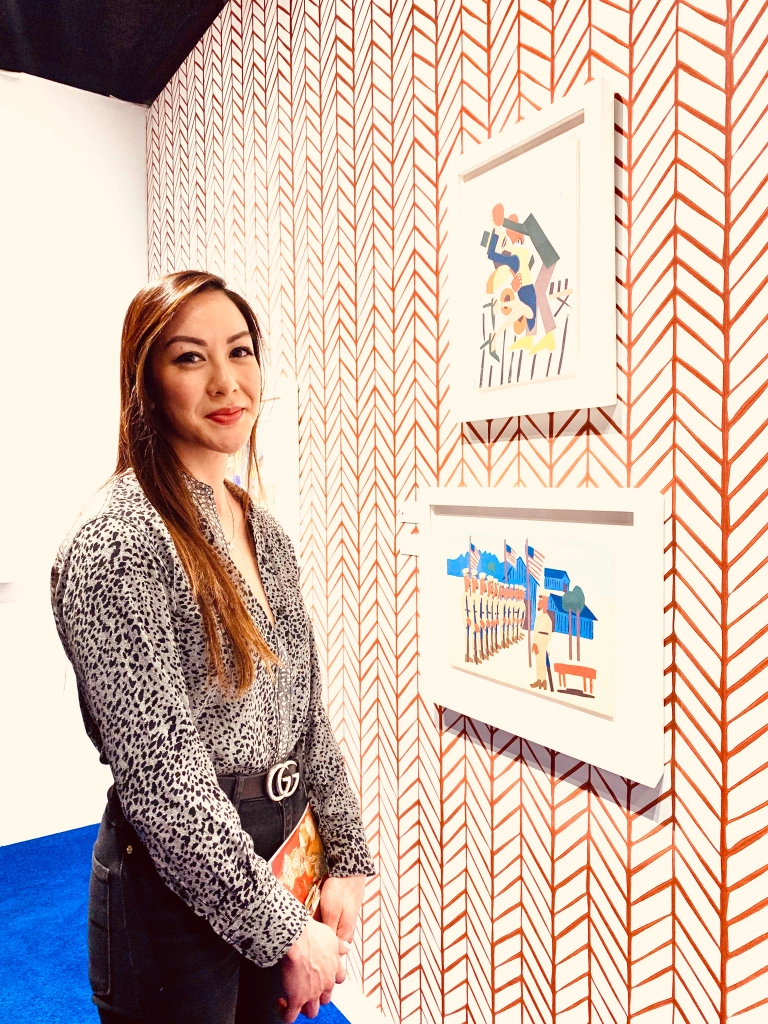
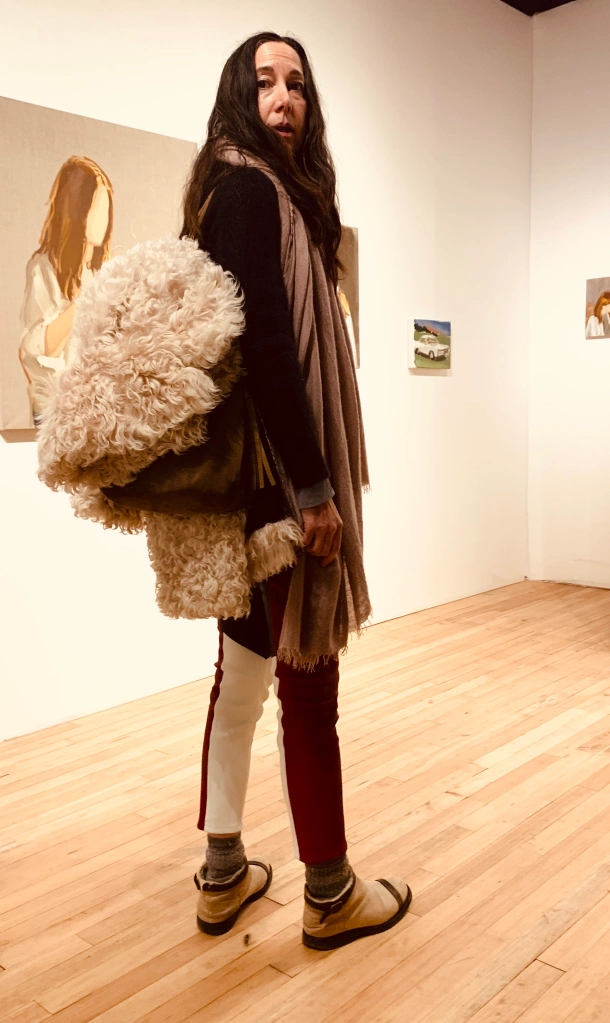
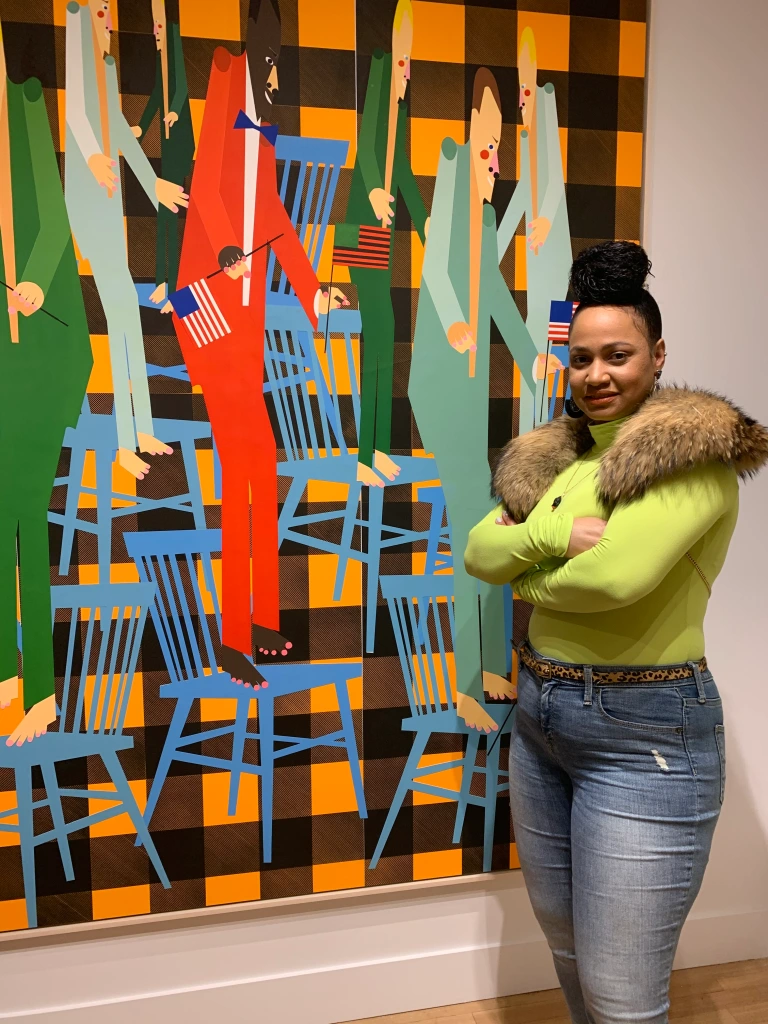
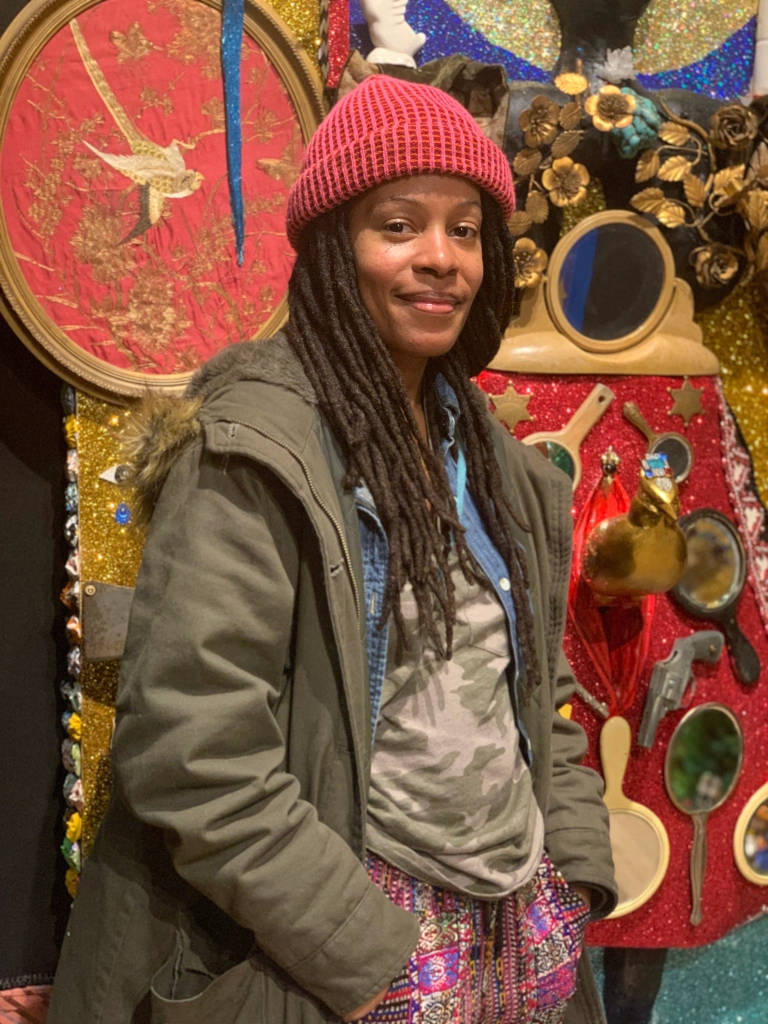



















 Iris van Herpen dress including polyurethane resin and iron fillings hand-sculpted with magnets, Autumn/Winter 2014
Iris van Herpen dress including polyurethane resin and iron fillings hand-sculpted with magnets, Autumn/Winter 2014
 Gowns, Dior (left, center) and Alexander McQueen (right)
Gowns, Dior (left, center) and Alexander McQueen (right)